Those drive-through redwood trees? Yup, they’re still standing
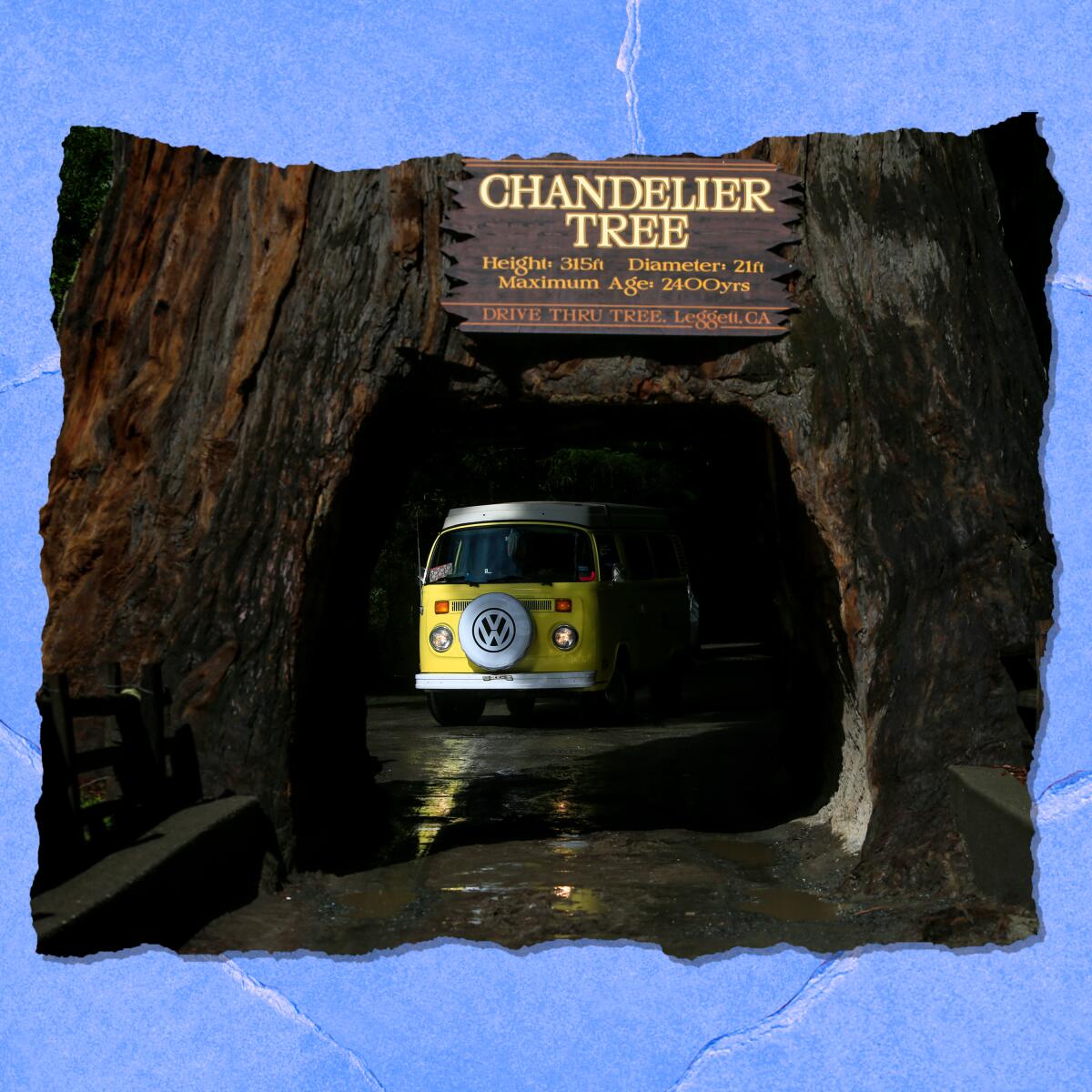
I’m not a fan of cutting holes in massive redwoods to carve out a little fun for tourists who want to drive through them. That particular roadside wackiness, however, started in the 1930s, and incredibly, some of the trees still exist. Times writer Christopher Reynolds says that of the three privately owned “tunnel trees” in California, the 315-foot-tall Chandelier Tree in Leggett is the handsomest. In fact, the tree made his list of the 101 best California experiences.
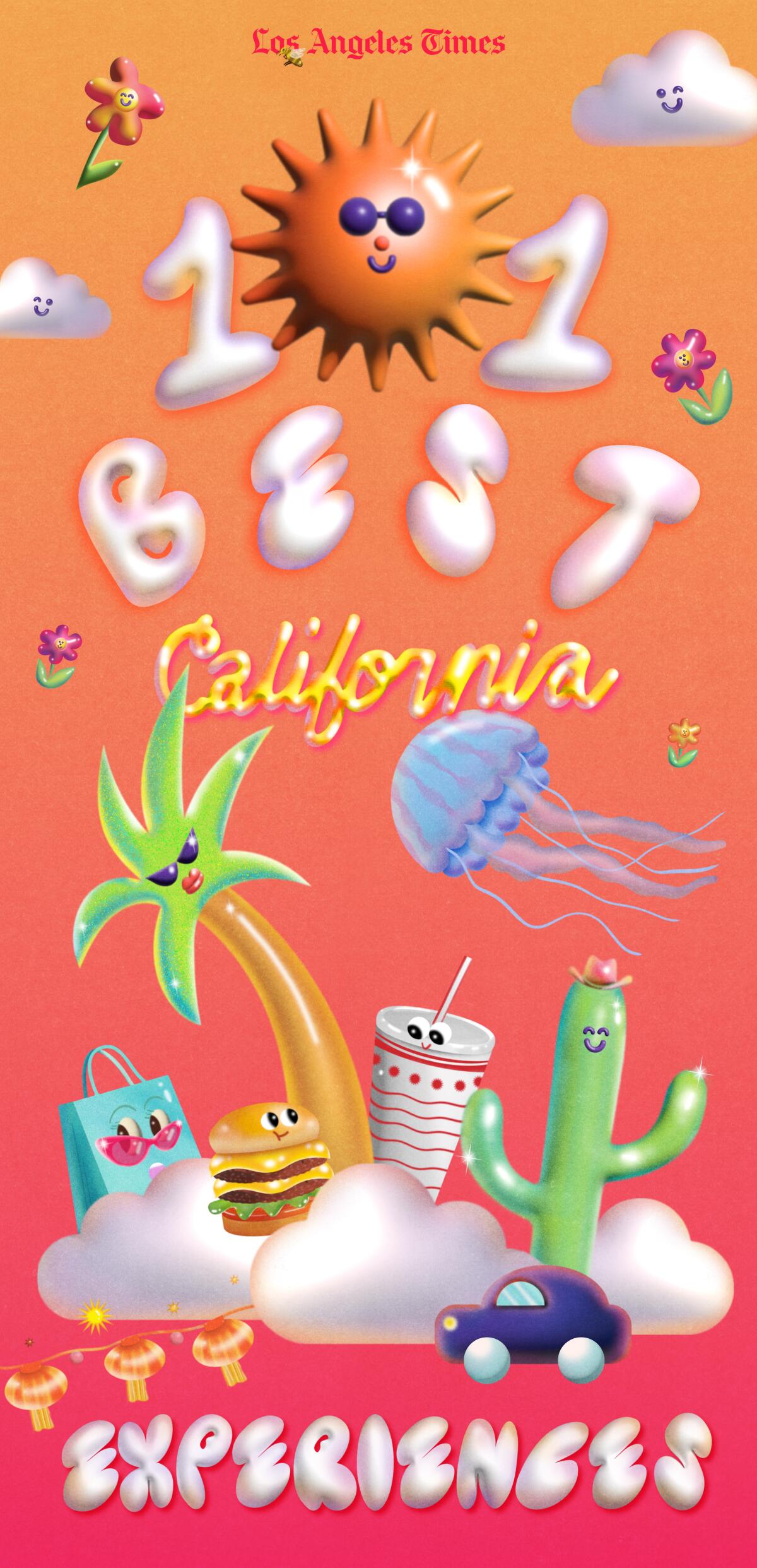
“Since 1937, giddy Californians have been steering their vehicles through it,” Reynolds wrote. “That makes it the star of privately owned Underwood Park in sleepy little Leggett.” The tree is a coastal redwood (or Sequoia sempervirens) and costs $10 for the thrill ride. The two other standing tunnel trees are the Klamath Tour Thru Tree in Klamath and the Shrine Drive-Thru Tree in Myers Flat. Don’t confuse these living trees with the drive-through Pioneer Cabin Tree in Calaveras Big Trees State Park, which toppled over in a storm in 2017.
Of course, if you prefer your trees whole (that would be me), Reynolds recommends a visit to Avenue of the Giants, which parallels Highway 101 through southern Humboldt County, about 75 miles north of Leggett. Fortunately, the practice of tunneling redwoods for tourists’ amusement has pretty much ended, though logging has not. Read the rest of Reynolds’ must-do list, which includes many outdoor landmarks such as Morro Rock in Morro Bay, Glass Beach in Fort Bragg and Mount Tamalpais in Marin County.

To pair with the list, we’ve launched a collection of merch: T-shirts, joggers, hats, tote bags, water bottles and other items created to celebrate life on the West Coast. The full California Collection is available now at Shop L.A. Times.
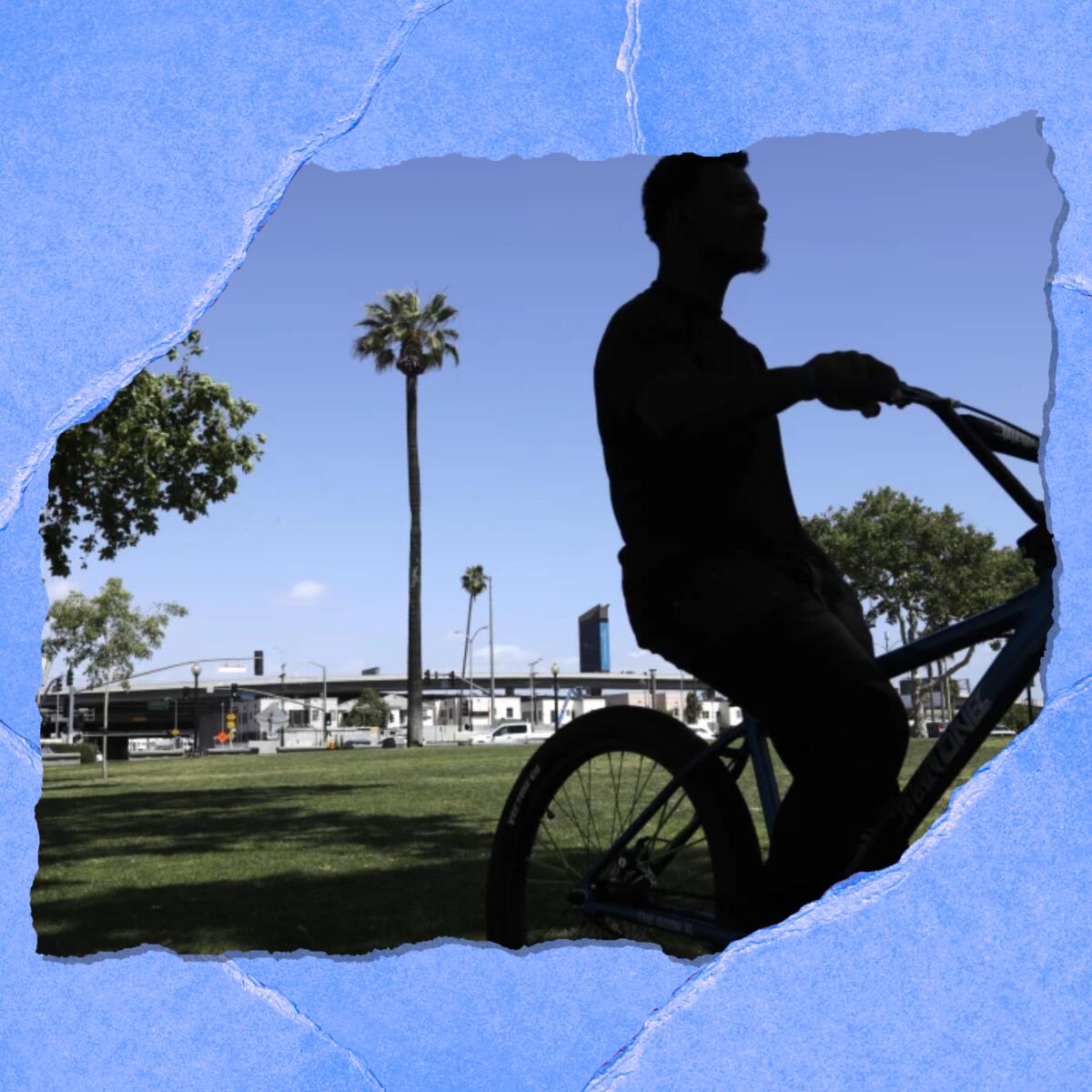
Other less-celebrated trees that nevertheless define who we are: the 200-year-old palm tree in L.A. you’ve probably never noticed. It stands at the Figueroa Street entrance to Exposition Park near where Banc of California Stadium now stands (though the tree has been moved a few times). Columnist Gustavo Arellano wrote in this story: “One of the oldest known living things in Los Angeles is silent no more. I visited the fan palm earlier this week to hear its wisdom about a subject it knows too well: drought.”
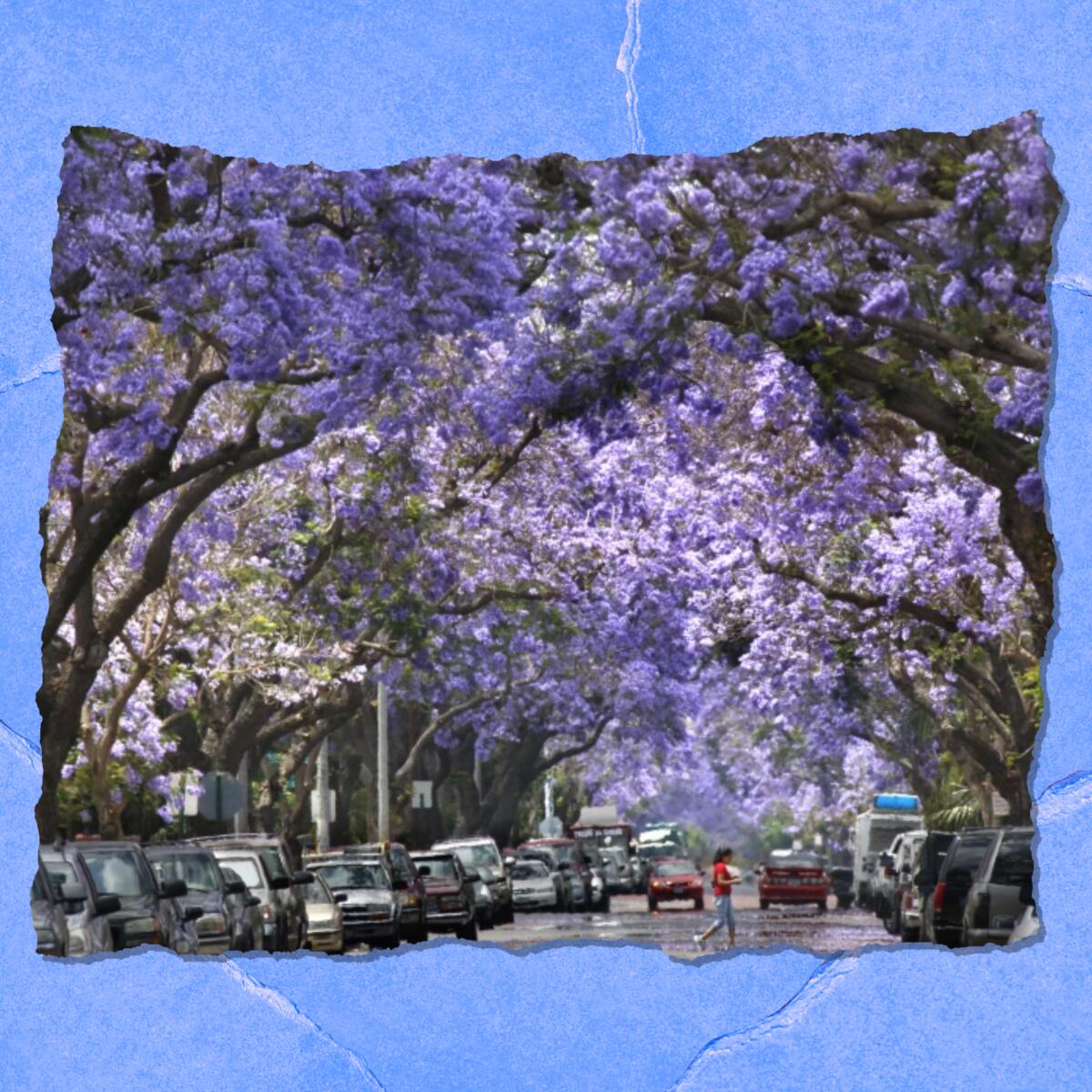
And writer David L. Ulin writes about the comfort he finds in L.A.’s blue period: the annual jacaranda bloom. “Like me, the jacarandas are transplants,” Ulin wrote in an op-ed. “Like me, they have settled in. First brought to California during the 19th century, they were popularized through the efforts of botanist Kate Sessions, who introduced more than 100 species of flora to the state. Nearly a century and a half later, there are 20,000 jacarandas in Los Angeles alone.”
Trees can be powerful symbols of who we are and teach us where we’ve been — a neat trick to keeping them from going unnoticed.
3 things to do this week
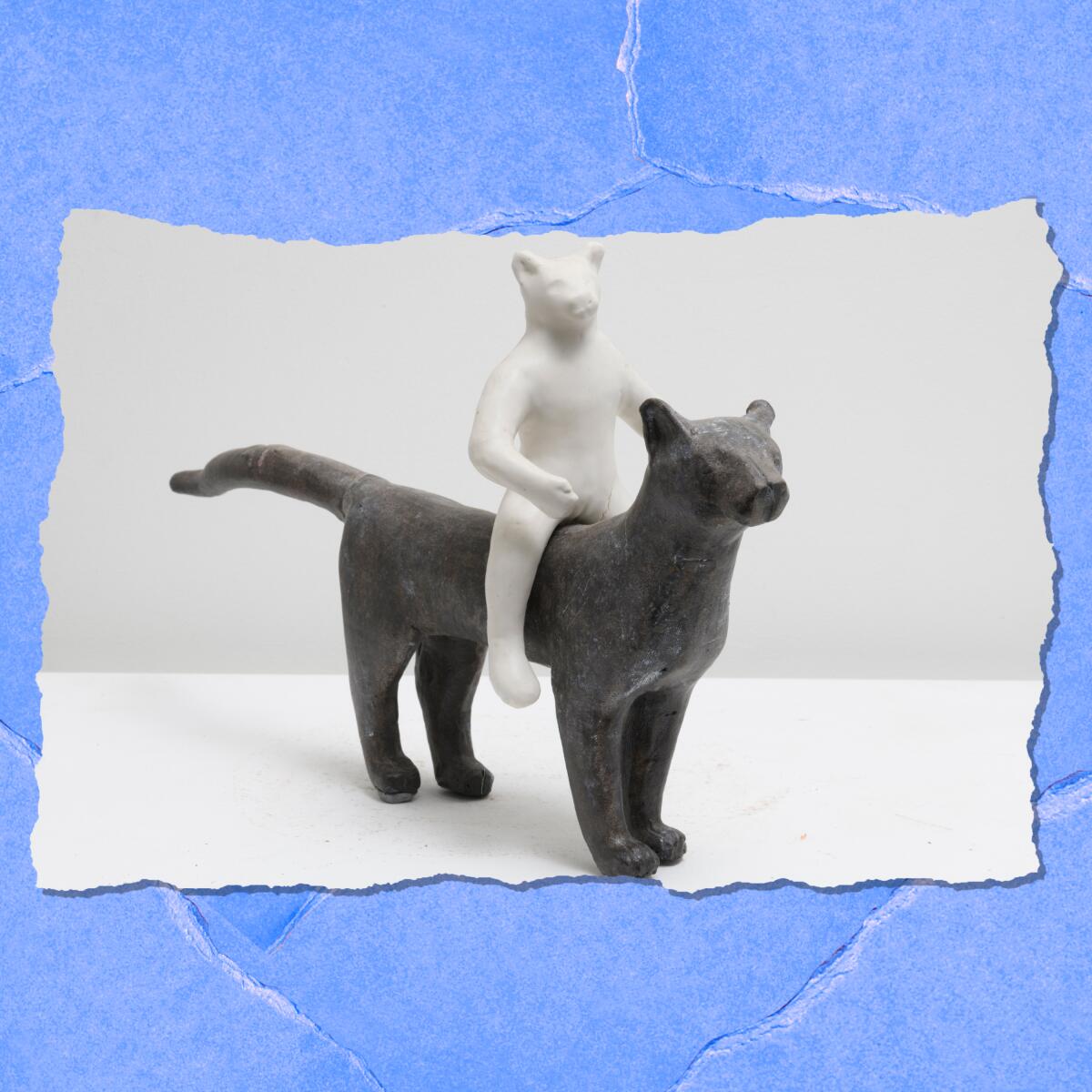
1. Check out the upcoming “Animal Nature” sculpture exhibition at Pepperdine University. Coyotes, sleek panthers and a group of deer stalked Century City’s sidewalks a decade ago, thanks to sculptor Gwynn Murrill. The shiny bronze animals took passersby by surprise — and added a bit of wildness to the cityscape. Now a show of Murrill’s work will open at Pepperdine University, featuring early and recent works in wood, bronze, marble and clay. The artist writes on her website that she seeks to “strike a balance between abstraction and realism.” The show opens Saturday and continues until July 31 at the Frederick R. Weisman Museum of Art, Pepperdine University, 24255 Pacific Coast Highway. Admission is free; the museum is open 11 a.m. to 5 p.m. Tuesdays through Sundays. More info here.

2. Celebrate Asian American and Pacific Islander Heritage Month in the Santa Monica Mountains. The National Park Service pays tribute to different Asian American and Native Hawaiian/Pacific Islander traditions at a free event at King Gillette Ranch in the Santa Monica Mountains. Taiko drumming, feather work and lei-making from Hawaii, calligraphy from Japan and China, as well as music will be featured from 10 a.m. to 2 p.m. Saturday. Need more ways to mark AAPI month? Here are 11 L.A. events that celebrate the joy of Asian Pacific American Heritage Month.
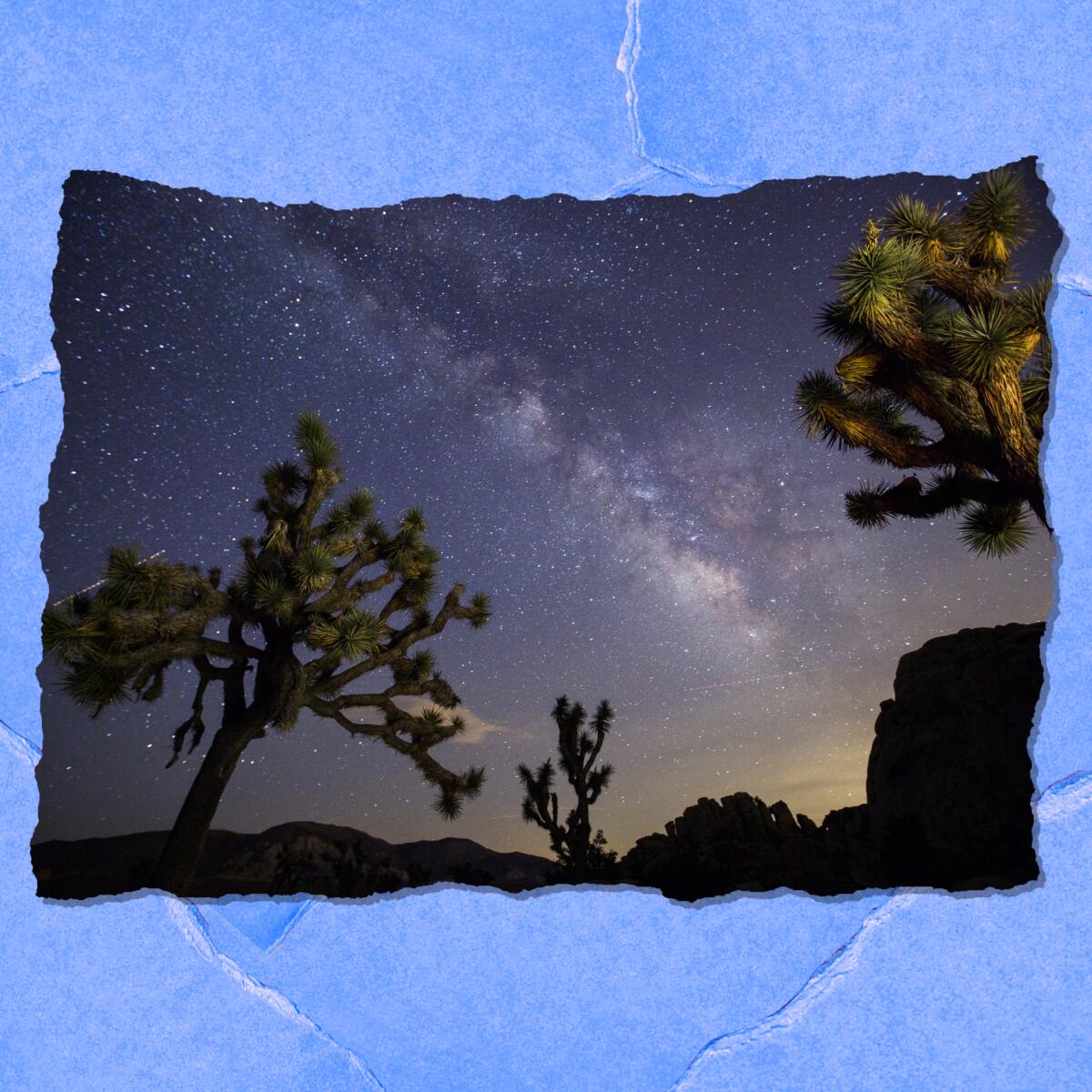
3. Rally to support Joshua trees as a threatened species. Currently, western Joshua trees have no protection under endangered-species laws. Though climate change is taking its toll on the shaggy desert dwellers, California biologists say the trees aren’t threatened. The Mojave Desert Land Trust feels differently. The nonprofit conservation organization invites the public to a rally at its headquarters in Joshua Tree to hear the conservation director of the Center for Biological Diversity (which filed the petition to have the western Joshua tree listed) and others make the case for protecting Joshua trees. The California Fish and Game Commission is set to decide at an upcoming June meeting. The Land Trust says in a statement that Joshua trees are threatened by climate change as well as development, wildfires and other factors. The rally will be held from 5 to 7 p.m. May 26 at the trust’s headquarters, 60124 29 Palms Highway, Joshua Tree.
Wild things
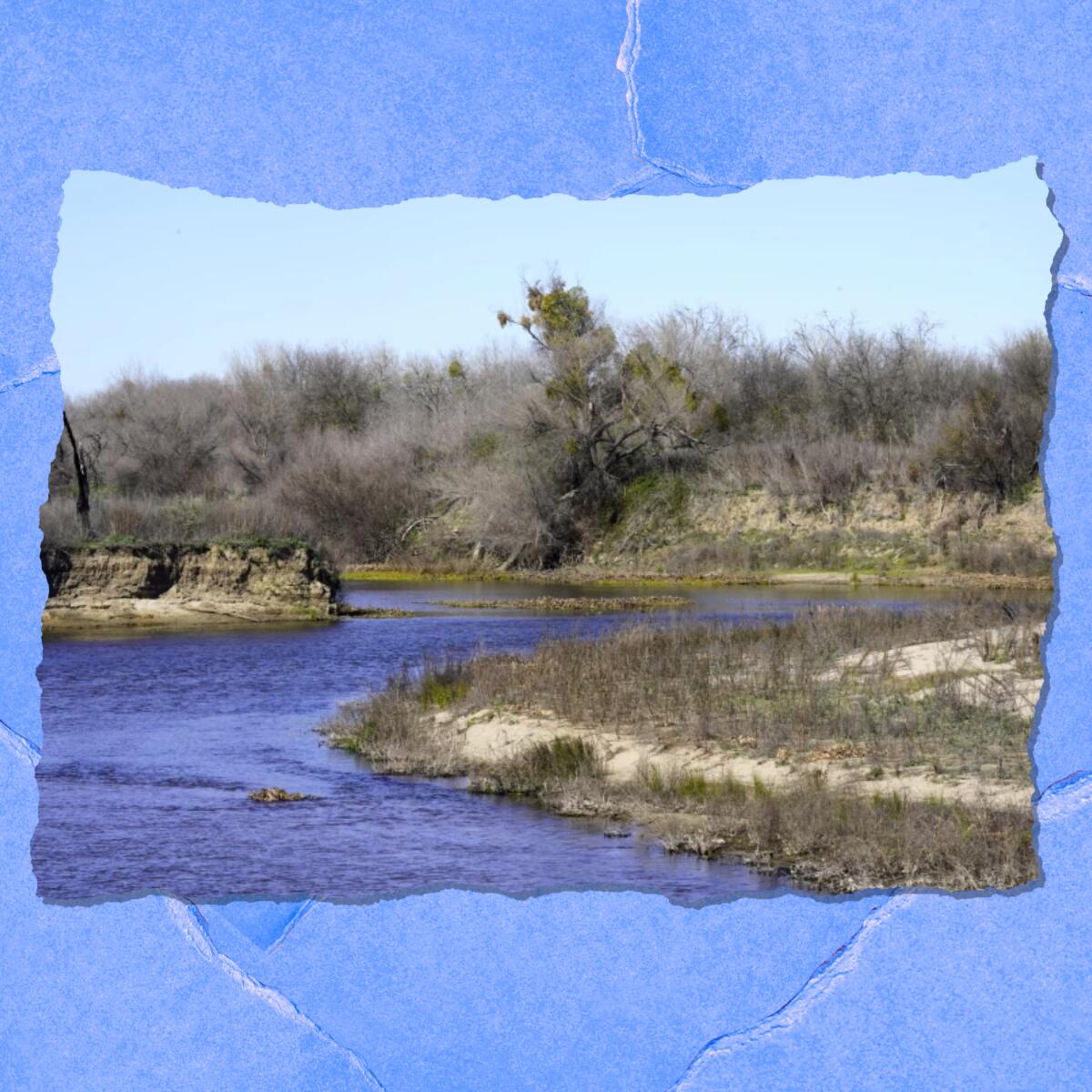
California has 279 state parks — and now gains a new one. Next year you’ll be able to visit a 2,500-acre property at Dos Rios Ranch at the confluence of the San Joaquin and Tuolumne rivers in Stanislaus County, 10 miles southwest of Modesto. “There is access to both rivers so you can fish, as well as get in the water,” California State Parks Director Armando Quintero said in this story. “In a way, it is a walk back in time to a gentle valley. It is one of those places where people will visit and say, ‘Oh, my goodness, this is where I live.’ That’s my hope.” Read the full story.
The must-read
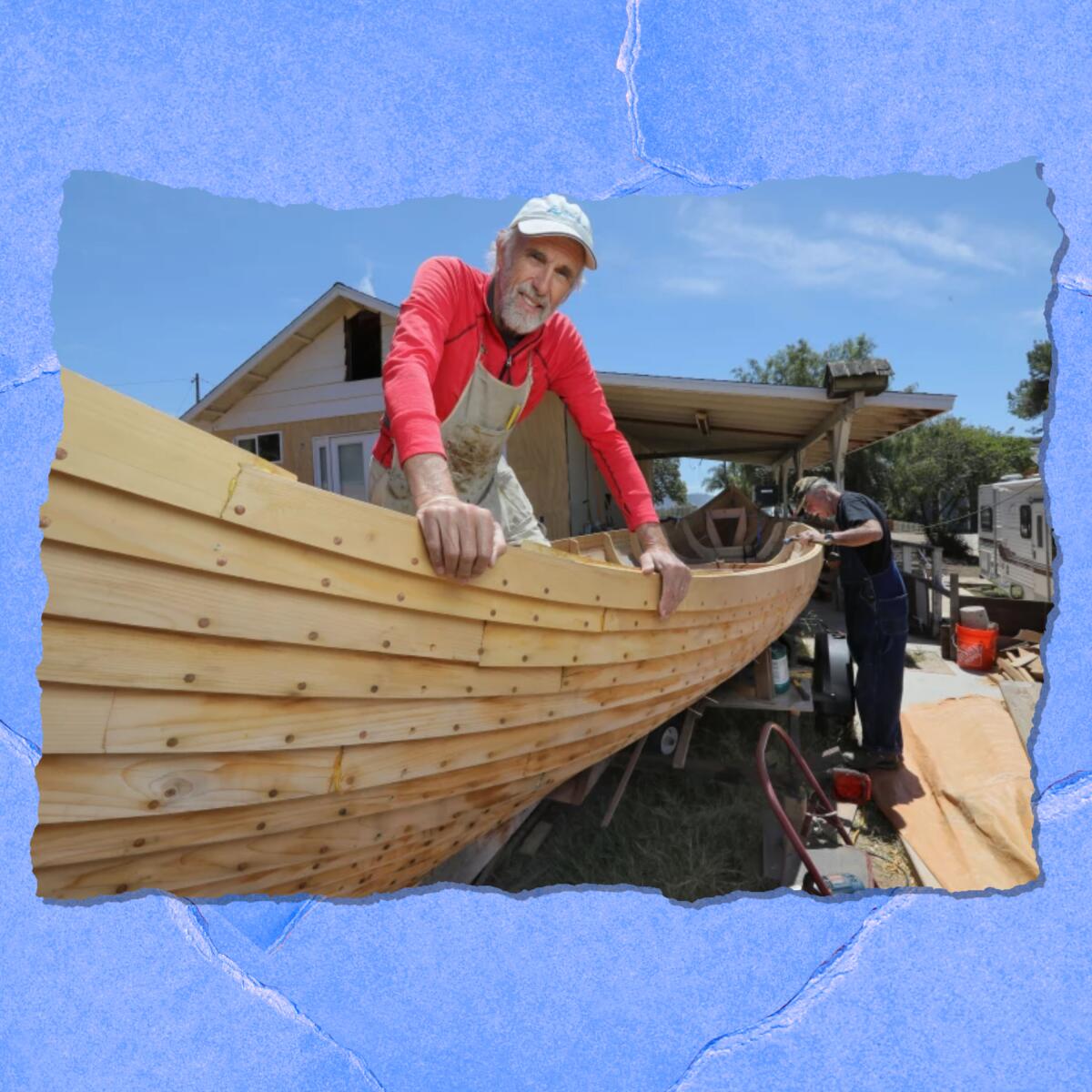
Some people make ships in a bottle. Tom Kottmeier of San Diego has bigger plans. The 76-year-old has almost finished a 33-foot replica Viking ship. “Now in the final stages of construction in a Vista backyard, Kottmeier’s wooden boat was inspired by the famous Gokstad ship, an authentic Viking oar boat excavated from an ancient burial mound in Norway in 1880,” this L.A. Times story says. “Originally built around 750 A.D., the Gokstad ship was a 78-foot, 100-man wooden boat of the style used for Viking raiding expeditions.”
The red flag
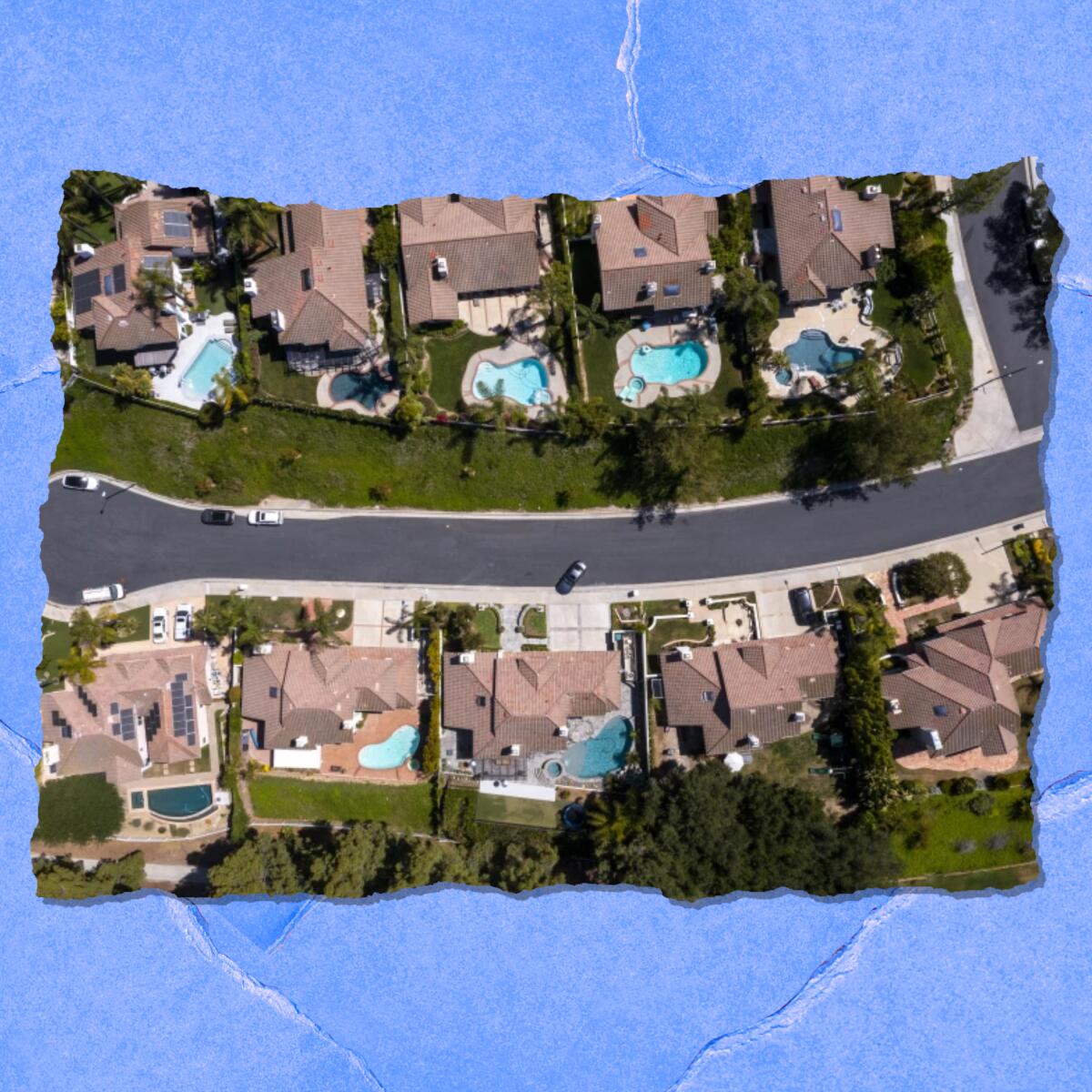
The mega-drought has already taken a toll on California and the West. SoCal residents will begin to feel the pinch more deeply, but how does this play out in Kardashian country? “[In] the land of multimillion-dollar homes, the question of water conservation plays out differently than in the neighborhoods where the rest of us live,” an L.A. Times story says. Learn more about how the wealthy cope with water restrictions.
P.S.
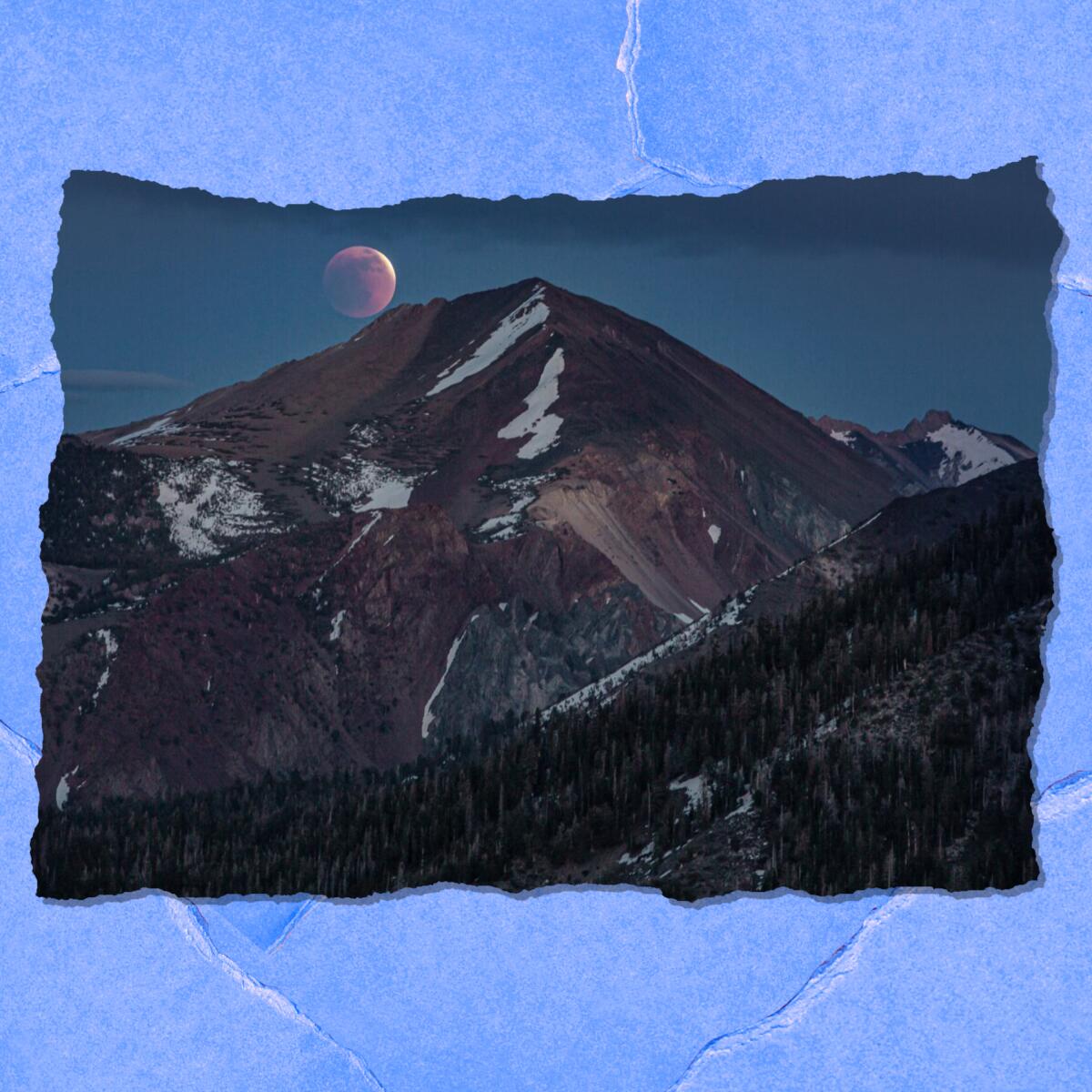
Last week’s lunar eclipse of the blood moon yielded some fantastic photos. The image above is of the moon over Mammoth Mountain. (By the way, Mammoth Mountain Ski Area has announced that it plans to stay open for skiing into June. No closing date has been set.)
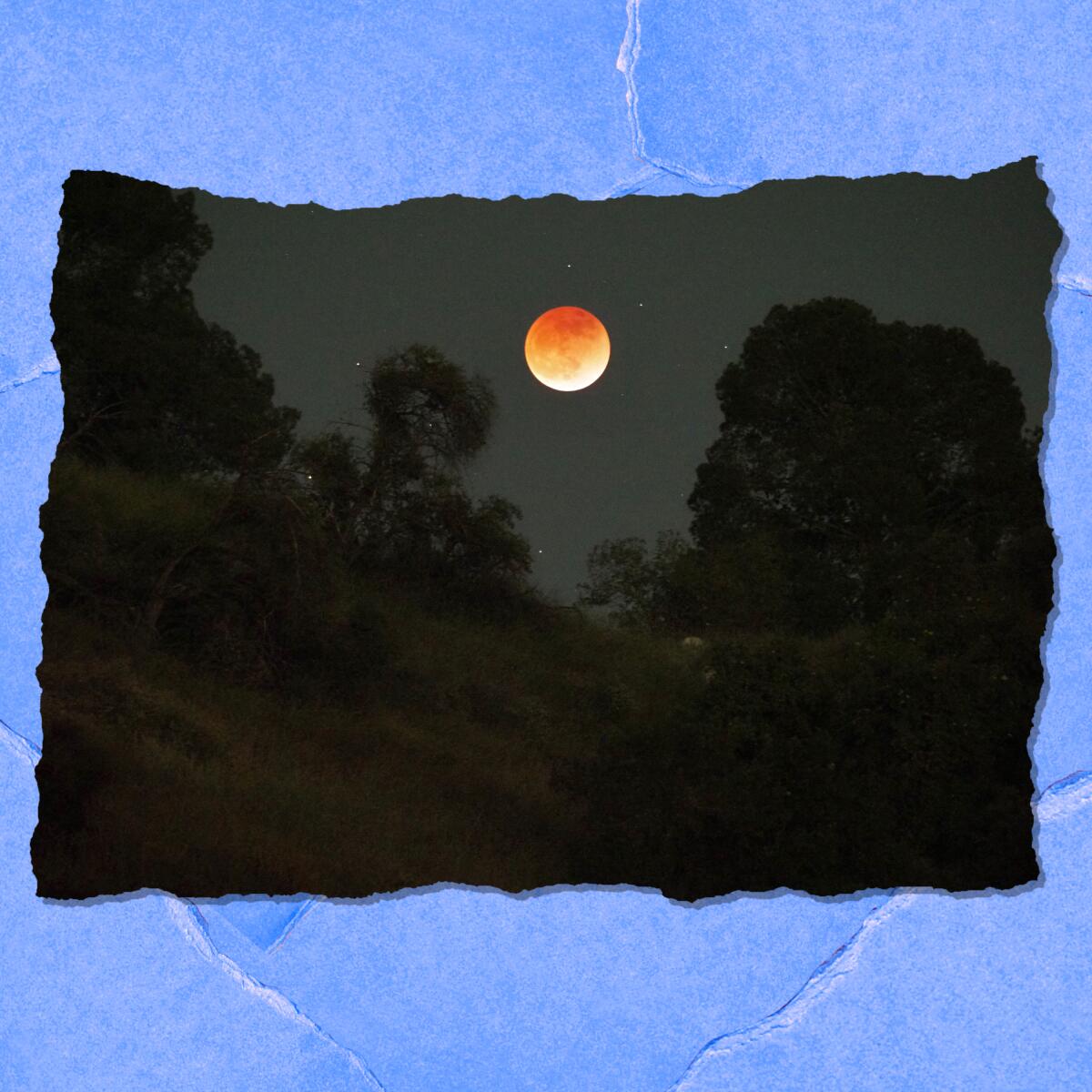
J. David Osorio, a physics teacher at Sun Valley Magnet School, sent me pictures (like the one above) he snapped of the blood moon over Central Park in Santa Clarita.
Enjoying this newsletter? Consider subscribing to the Los Angeles Times
Your support helps us deliver the news that matters most. Become a subscriber.
Send us your thoughts
Share anything that’s on your mind. The Wild is written for you and delivered to your inbox for free. Drop us a line at TheWild@latimes.com.
Click to view the web version of this newsletter and share it with others, and sign up to have it sent weekly to your inbox. I’m Mary Forgione, and I write The Wild. I’ve been exploring trails and open spaces in Southern California for four decades.

Sign up for The Wild
We’ll help you find the best places to hike, bike and run, as well as the perfect silent spots for meditation and yoga.
You may occasionally receive promotional content from the Los Angeles Times.




